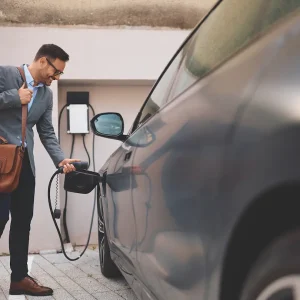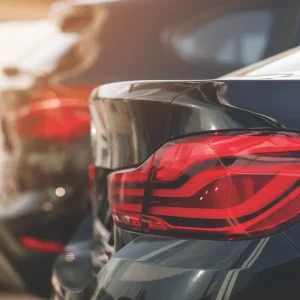Compliance specialist Licence Check has reported a 60% rise in grey fleet vehicles registered to its management system in the first two months of 2020. The firm told Business Car that 2,360 new vehicles were added to its Davis platform in January and February, which followed increments of 4,107 in 2018 and 8,153 in 2019 – the latter a 98% increase over the previous year.
Grey fleet is believed to have risen since the Covid-19 pandemic as more employees work from home and seek to avoid public transport, but Licence Check’s figures show it was increasing exponentially beforehand. It did not supply data from March onwards, but general manager Terry Hiles expected the numbers “would have been affected” as a result of lockdown.
The swell is a result of the increasing cost of company car tax for internal combustion-engined vehicles and the introduction of the WLTP testing cycle in September 2018, which broadly pushed up official CO2 levels. OpRA legislation, introduced in April 2017, has also contributed: it saw employees with the choice of a company car or a cash allowance taxed not on the option they chose – as was previously the case – but on whichever was the greater value. It did not apply to vehicles emitting 75g/km of CO2 or less, while those ordered prior to April 2017 were taxed under the previous scheme via grandfather rights, which will come to an end in April 2021.
Announced in the government’s 2016 Autumn Statement, the move was criticised for causing confusion and rendering employee’s own vehicles a simpler and more financially attractive option than traditional company cars, which are typically considered cleaner and safer and are often supplied with maintenance contracts.
“We’ve had a long series of debates and changes in relation to taxation on company-provided vehicles and. I think people are reviewing their situation and deciding whether, in fact, company cars are actually what they want,” said Hiles.
The BVRLA estimates the average grey fleet vehicle emits 19% more CO2 than an equivalent company car, is 6.1 years older – 8.1 in total – and 15% are Euro6-compliant compared to 75% of leased models. The organisation believes there are around 14 million grey fleet vehicles on UK roads, with public sector users covering 1.5 billion miles a year at a cost of £786m and private sector drivers allegedly accounting for 11 billion miles and costing operators up to £5bn.
In its 2016 Getting to Grips with Grey Fleet report, the BVRLA called on the government and business decision makers to aim for a 50% reduction in grey fleet mileage and costs by 2020.
Though the number of grey fleet vehicles has increased, overall business mileage has reportedly fallen since the pandemic began. “It would be reasonable to assume that some of the existing grey fleet stopped due to reduced business travel,” said Simon Turner, campaign manager at Driving for Better Business.
Fuel card specialist Allstar launched a ‘business barometer’ in July to track commercial travel in the wake of lockdown. It reported a 30.2% increase in business mileage between May and June, which equated to 2.51 billion extra miles as organisations increased travel amid lighter restrictions, adding that there was a 109% difference between mileage covered during the weeks beginning 6 April and 29 June. The biggest increase by sector was arts, entertainment and recreation, which rose by 101.6%, followed by education at 47.8% and the wholesale and retail sector at 46.0%.
Turner suggested that the rise in home-based employees could still lead to an increase in grey fleet, even if business mileage remains below pre-pandemic levels: “There’s obviously potential for the number of people who might be considered grey fleet [drivers] to grow. The mileage will diminish, but you’ve got all these people who previously commuted by public transport being encouraged to travel in other ways – and there’s got to be a significant temptation to use that car for a work journey if it’s there.
“If you traditionally got the train to work, you had to get the train or a bus to go to a meeting, or if your [company] car’s at work – the potential for people who are new to grey fleet to start doing business journeys has got to be there.”





